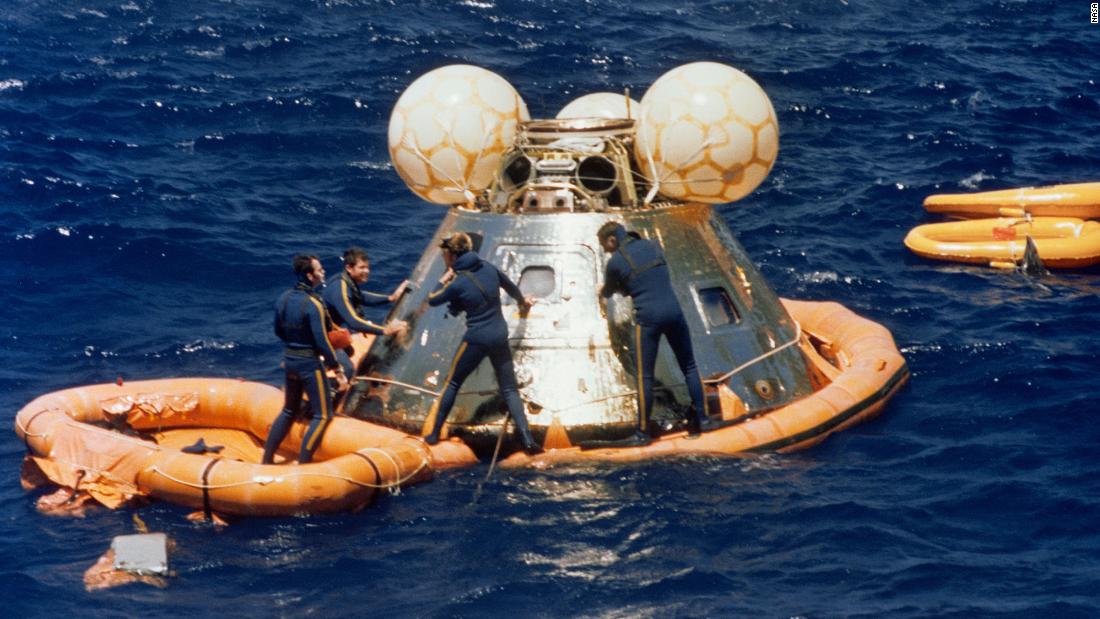It's been a long time since astronauts splash landed in the ocean.
The last time NASA executed a splashdown was in 1975, when it completed an experimental mission that docked a NASA Apollo spacecraft with a Soviet Soyuz capsule in orbit.
Water landings were a common practice in the earliest days of the US space program: Every vehicle made during NASA’s Mercury, Gemini and Apollo programs were built for ocean splashdowns. But the practice was retired when NASA moved on to the Space Shuttle program. The winged white orbiters landed on runways, much like commercial aircraft.
The other modern crewed vehicles — including Russia’s Soyuz, China’s crew spacecraft and Boeing’s forthcoming Starliner spacecraft — are all designed to land on the ground.
SpaceX, however, does have plenty of experience recovering spacecraft from the ocean. The cargo-only version of its Dragon spacecraft, which has flown resupply missions to the ISS for years, routinely lands in the ocean. And Crew Dragon was flown on an uncrewed test mission last year.
NASA's forthcoming Orion crew capsule, which the space agency hopes will take humans back to the Moon, will also conduct splashdown landings.






